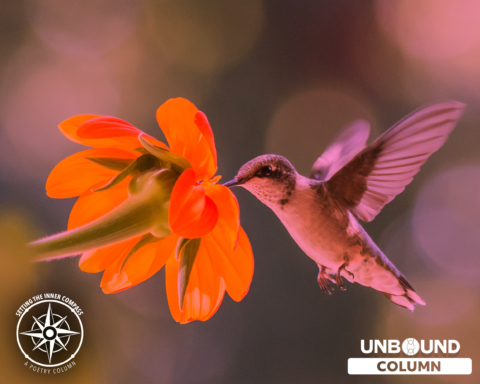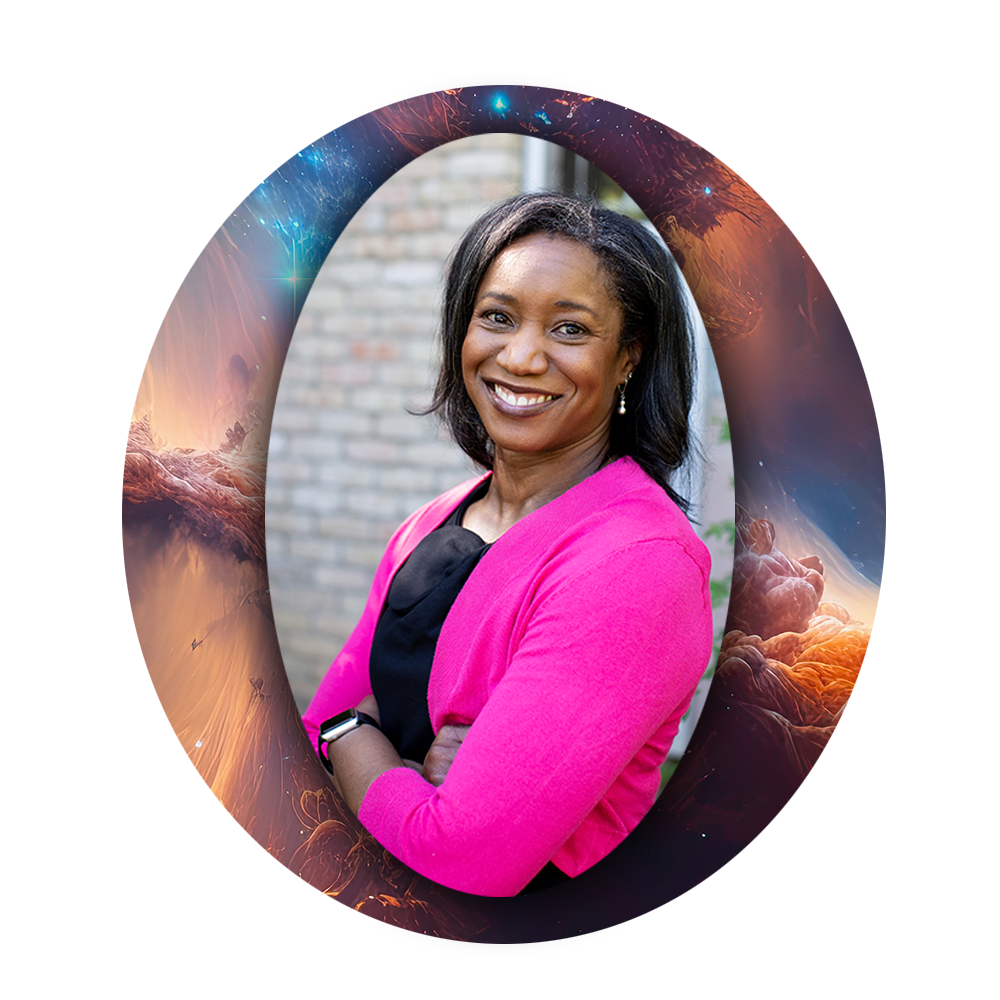Reading poetry is one of the ways some of us nourish our faith, a way we set or reset our inner compass and stay focused on the big picture, on the spiritual journey. I know that is true for me. ‘Setting the Inner Compass’, is a column where I share poems that I find meaningful and hope others do as well.
I write this on the edge of Advent, one of my favorite seasons in the church year. I find meaning in the ritual of advent candles. As we light the candles of hope, peace, joy, and love before we conclude on Christmas Eve with the Christ candles, we are invited to ponder anew what the theme of each candle means to us on our journey. And the journey begins with hope.
Emily Dickenson wrote one of the best-known poems about hope. It begins “Hope is the thing with feathers that perches in the soul and sings the tune without the words and never stops at all[1]”. I love the bird image and that there are no words. Perhaps she is seeing hope as something born in silence or maybe that each of us find our own words? Hope can be a tricky thing. It can easily be confused with optimism or wishful thinking. Optimism is painting a happy face on harsh or sad realities. Wishful thinking is a type of denial that sees the world as you wish it was but does not face the world as it really is. Hope is grounded in reality. It faces pain and does not deny it. Hope recognizes brokenness and the length of the journey ahead but has confidence or faith that if we work together things can be better.
It is hard to maintain hope in times like these times. The war between Israel and Hamas, Ukraine, US political division, the decline of the church, I could go on. As we work this Advent to make “The Word” flesh, we all need to find ways to keep hope and faith alive. Where do you go to renew your hope, to feel hopeful?
My two poems are about hope. The first is by Julia Cadwallader-Staub and is one of my favorites. I love the lines,
“If we lived only in human society
what a puny existence that would be
but instead we live and move and have our being
here, in this curving and soaring world
that is not our own
so when mercy and tenderness triumph in our lives
and when, even more rarely, we unite and move together
toward a common good,
we can think to ourselves:
ah yes, this is how it’s meant to be”
The second is one of my more popular poems. Both connect hope to being present and paying attention. As the candles of HOPE burn on our Advent Wreath may we all do what we need to do to nourish our hope for a better tomorrow and then get busy out in the world making the word of love, the way of Jesus, flesh.
Peace,
Dave
The Poems
“Blackbirds” by Julie Cadwallader-Staub
I am 52 years old, and have spent
truly the better part
of my life out-of-doors
but yesterday I heard a new sound above my head
a rustling, ruffling quietness in the spring air
and when I turned my face upward
I saw a flock of blackbirds
rounding a curve I didn’t know was there
and the sound was simply all those wings
just feathers against air, against gravity
and such a beautiful winning
the whole flock taking a long, wide turn
as if of one body and one mind.
How do they do that?
If we lived only in human society
what a puny existence that would be
but instead we live and move and have our being
here, in this curving and soaring world
that is not our own
so when, mercy and tenderness triumph in our lives
and when, even more rarely, we unite and move together
toward a common good,
we can think to ourselves:
ah yes, this is how it’s meant to be.
“The Peace of City Things” by Dave Brown
(with a nod to Wendell Berry’s poem “The Peace of Wild Things”)
When despair for the world grows in me
and I feel like I am carrying great weight
I go to the city and allow its life and light
to wash over me.
I feel peace in the presence
of so many human lives and stories
rushing through
crowded streets.
The weight of the world grows lighter
as I walk through canyons
made by great buildings and
look up to see a sliver of blue sky.
I rest back in the joy of simple human things:
seeing lovers kissing while sitting on a bench,
eating a hot dog from a street vendor,
hearing a saxophone played under a bridge in the park.
My heart is lifted by the rumble of the subway,
a little boy tenderly holding father’s hand
while crossing the streets and
squirrels scurrying up a tree.
I take in the buildings, parks, subway, museums, delis,
pretzel vendors, newsstands, honking horns,
bright lights flashing in the night
and am nourished.
My face finds a smile
as a brown sparrow
jumps from curb to table
snatching crumbs.
When the world feels heavy
I go to the heart of human life
and try to be present to see
the holiness of people simply being people.
I allow the grace of the city to surround me
and I feel alive, free
and maybe even
hope.
[1] “Hope is the Thing with Feathers” from: The Complete Poems of Emily Dickinson (Belknap Press, 1951)
CREDITS
“Blackbirds” by Julie Cadwallader-Staub. © Julie Cadwallader-Staub. Reprinted with permission of the author, from her book: Wing Over Wing ( Paraclete Press, 2019)
“The Peace of City Things” by Dave Brown © Dave Brown from his book I Don’t Usually But….
Rev. Dave Brown the creator/host of Blues Vespers in Tacoma and Seattle Washington. Now in its 25th season BLUES VESPERS is a Blues concert with a poem and something to think about. He is a writer and poet who frequently speaks about Interfaith. He serves on the PCUSA Education Roundtable and is a member of the PCUSA Self Development of People National Committee and chair of the SDOP Western task Force. (dbrown7086@aol.com).






Unbound Social